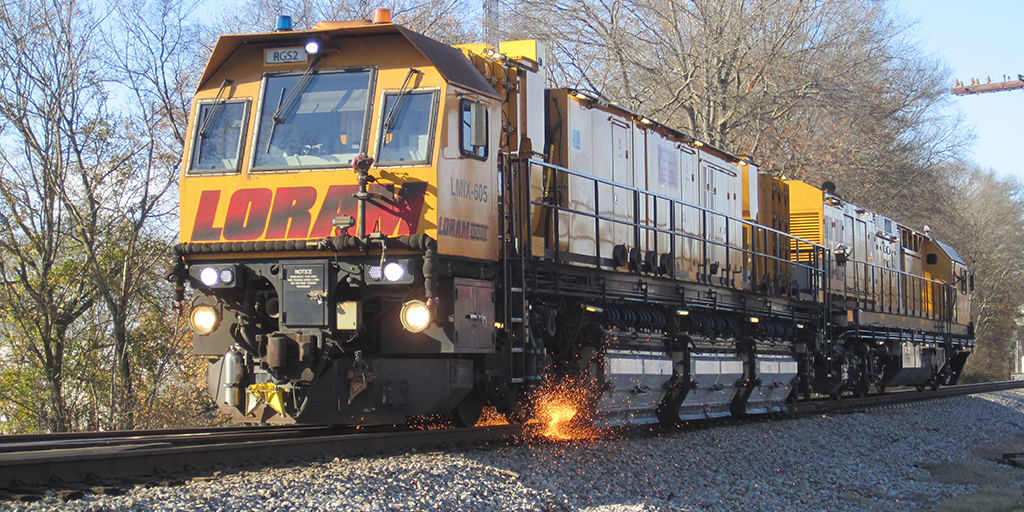Decide with Models, Data, and Subject Matter Expertise
Loram Virtual Rail suite of digital products leverage ‘what if’ life extension and economic models, track and traffic data, and Loram’s years of subject matter expertise from maintaining track.
Track life extension is calculated using the science of how the track deteriorates under different conditions, which enables the railroad to compare scenarios to choose their ideal maintenance task:
- Where are my critical problem rail segments with higher wear, metal removal, and defects and what are the most cost-effective methods to prevent their problems-grinding, friction management, rail material, ballast remediation, etc.
- Where are my ties in the most need of replacing due to condition and safety, and how do I replace these ties in the faster and most cost-effective way?
- Where are problem areas where my ballast is not draining and supporting the track, and what are the most cost-effective ways to extend ballast life at the lowest cost.
Show Me the Money
Financial savings are calculated using economic models built directly with your railroad to help visualize and evaluate the opportunity cost of one scenario versus another to a non-technical audience.
The economic tools are also free to use by any railroad to help better understand their total rail maintenance spending and the root cause of failure modes driving these costs.
Use Digital Twins for Captial Planning, Accounting, and Enterprise Asset Management
Loram Virtual Rail decisions can help reduce the budget requirements of your capital planning, state of good repair, and enterprise asset management tools by keeping more track in use longer and providing the data into your depreciation software to translate the rail life extension in operating ratio savings.
How to Get Started
To get started, find a problem area of your track with your linear analytics data or talk to your team in the field, input the snapshot of that location into Digital Twin, and start exploring the best way to solve the problem. The software has helped Class 1 freight railroads and transit agencies to manage their track, and we want to help you.

